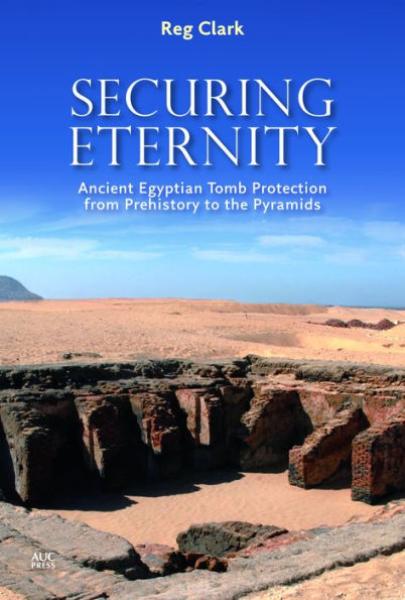Description
The ancient Egyptian tomb evolved rapidly over a period of about 2,500 years, from a simple backfilled pit to an enormous stone pyramid with complex security arrangements. Much of this development was arguably driven by the ever-present threat of tomb robbery, which compelled tomb builders to introduce special architectural measures to prevent it. In Securing Eternity, Reg Clark traces the development of the Egyptian royal and private tombs from the Predynastic Period to the early Fourth Dynasty, demonstrating that many of the familiar architectural elements of the Egyptian tomb in fact originated from security features to protect the tomb, rather than from monumental or religious considerations.
Reg Clark initially trained as a graphic designer at the West Surrey College of Art and Design before studying Egyptian Archaeology at Swansea University, where he received his BA in 2008, and his PhD in 2014.
"A new, exhaustive study on the fascinating historical development of techniques aimed at tomb security, both on a royal as well as on a private level...written for the 'Egyptophile student' and the 'general reader'...detailed analysis and an in-depth account on the evolution of tomb architecture from the Predynastic period to the reign of Sneferu in the Fourth Dynasty makes this book a welcome contribution within the scholarly community as well."--Rita Lucarelli, University of California at Berkeley, JARCE
"[This] volume will fascinate anyone interested in the thought processes of both those responsible for constructing early tombs and those whose preoccupation was how to circumvent the precautions installed in them."--Hilary Forrest, Ancient Egypt Magazine
Product Details
- American University in Ca Brand
- Apr 30, 2019 Pub Date:
- 9774169026 ISBN-10:
- 9789774169021 ISBN-13:
- 350 Pages
- 9.1 in * 6.3 in * 1.2 in Dimensions:
- 1 lb Weight:




